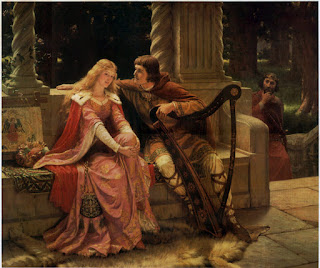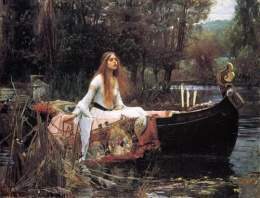What can I do now that I couldn't do before?
Now I know new words and I can different future simple and be going to.
What do I like most?
I like most speak in english in class.
What do I do well?
I do well the gramar.
What am I confused about?
I'm confused about writing
What do I need help with?
I need help with the writings
What do I do in English outside the class?
I study at home.
What do I need to improve?
I need to improve the translation and the writing.
What did I learn about culture?
I learn some things about the carnival and Ireland ( St.Patrick's day)
Thursday 28 March 2019
Monday 18 March 2019
Saturday 16 March 2019
VOCABULARY UNIT 4
Earn : ganar dinero ( trabajando )
Pocket money : paga
Pleased : satisfecho
Crawl (under) : gatear
Hop (onto) : saltar (bajo)
Slide (down) : deslizarse
Net : red
Pocket money : paga
Pleased : satisfecho
Crawl (under) : gatear
Hop (onto) : saltar (bajo)
Slide (down) : deslizarse
Net : red
VOCABULARY UNIT 3
Ankle : tobillo
Chest : pecho
Toe : dedo del pie
Wrist : muñeca
Eco-friendly : ecológico
Pollution : contaminación
Greenhouse gas : gases de efecto invernadero
Fossil fuels : combustibles fósiles
Environment : medio ambiente
A caught : catarro / tos
Flu : gripe
Chest : pecho
Toe : dedo del pie
Wrist : muñeca
Eco-friendly : ecológico
Pollution : contaminación
Greenhouse gas : gases de efecto invernadero
Fossil fuels : combustibles fósiles
Environment : medio ambiente
A caught : catarro / tos
Flu : gripe
Saturday 9 March 2019
H. PROJECT III
1) What period does the Middle Ages cover?
5) What do you feel looking at these pictures (taken from the 19th century but directly linked to the Middle Ages)? In your own opinion, what kind of music could accompany these images?
I think was a ceremony in a palace and I can accompany these images with medieval music.
6) Why does Heavy Metal music love this aesthetic?
Because it has a very strong sound ; in these potos we can see they are very expresive with all .
Tuesday 5 March 2019
Subscribe to:
Posts (Atom)




:format(jpeg):mode_rgb():quality(90)/discogs-images/R-1992917-1257286845.jpeg.jpg)

